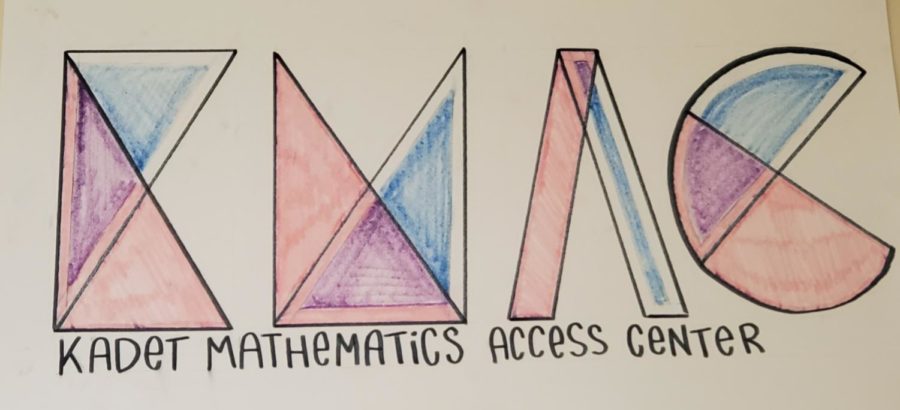Math Madness: Why Are Students Failing Math?
Almost every student has experienced it: the dread of walking into a math class on test day.
You begin to sweat as you stare down at a paper filled with geometric figures and strange formulas.
“What does this mean?” you wonder. You begin to panic as you see your classmates begin to write. Only 90 minutes are left in the class period as you try in vain to remember what you’ve been taught.
80 minutes left, and you’re only one problem in.
70, and the first page is barely finished. Some students are turning their tests in already
60, 50, 45….finally, your teacher announces that the test is over. You sigh in relief, but your heart sinks a week later when your teacher passes back your test, now covered in red marks.
But why?
You’ve tried to pay attention during class after class of shapes and numbers, mindlessly memorizing formulas, practicing hours every night, but you still don’t understand.
Or maybe you gave up at the beginning of the year. “I’m just bad at math,” you tell yourself in resignation, already expecting to fail.
And students across Air Academy–across the country–face a similar problem every day.
Math is the United States’s worst subject; the nation ranks 38th internationally, according to Pew Research Center.
Freshman Angel Jones said, “We should be better than that. I don’t understand how we’re leading in technological advancement, but we’re 38th in math. It’s disappointing.”
Even students in other states have opinions about the country’s ranking. “It’s totally inappropriate, considering we’re one of the richest and most advanced countries in the world,” said junior Elizabeth Sexton, a student at Lemoore Middle College High School in Lemoore, California.
How does a nation at the forefront of math and science research have such low scores for math?
Skewed results may influence the ranking (while some other countries only test their top performing students, the US tests a variety; in fact, low-income districts with lower test scores often opt into the test because of the funding it brings), but even without considering rank, many students find that math in America is failing them.
But math teachers at AAHS are, more often than not, more than qualified to be teaching their students. So what’s keeping young Americans (and Air Academy) students from succeeding in their math classes?
Since Common Core (CC) was implemented in 2009, many changes have been made to the math curriculum teachers give to their students, both good and bad.
While it has improved math language literacy and created a unified front across the country that teachers can use to effectively teach students what they need to know for their grade level, according to Fordham Insitute, CC has its flaws.
The change in the process students use to solve math problems has also raised issues for some students because their parents are unable to assist them with the new curriculum.
“My parents are used to older curriculums, so they don’t know about it. I can’t get as much help as I would want to. I have to ask my siblings for help a lot of the time,” Jones says.
In addition, because the change occurred only 10 years ago, many students, now juniors and seniors, were caught in the middle of the shift and may have experienced learning gaps that have interrupted the quality of their learning.
Junior Beza Tefera noted that “it was more…things [changing]. We [had] to get used to it.”
However, AAHS math teacher Maille O’Neill disagrees, saying that “the math curriculum challenges students in a healthy way.”
Notably, many students find math difficult simply because of the subject’s nature. According to an article by GradePower Learning, “Math is a very abstract subject. For students, learning usually happens best when they can relate it to real life. As math becomes more advanced and challenging, that can be difficult to do.”
“I think students struggle with math because it’s almost like learning a different language. They need to interpret the equations and the word problems to find the correct solutions, which can be challenging,” says O’Neill.
This, combined with math’s nature as a cumulative subject that builds upon prior knowledge (think: knowing multiplication and division to solve square root problems), has caused many students a world of confusion and stress.
“Every day after a big test we get an ‘Are You Ready?’ worksheet for the next unit, which shows us what we have to know for the unit, but when some kids don’t know how to do [the material in the worksheet], they get lost later on,” Jones says.
However, not all hope is lost. Students can still apply themselves and work through some of their math deficiencies with hard work.
“[Math] is hard….it’s something we have to work to get [good at], not a gift,” says Tefera.
“Everyone’s different, and everyone thinks differently with math. [Some people] learn fast, some learn slow, it’s just how [we] are,” says sophomore Alora Villarreal.
O’Neill says, “I think if more students practiced math by working hard on their homework and eliminating distractions (like Netflix) they would see better results.”
Students who need math assistance can visit the KMAC in room 501 during study hall periods and Kadet Time.








